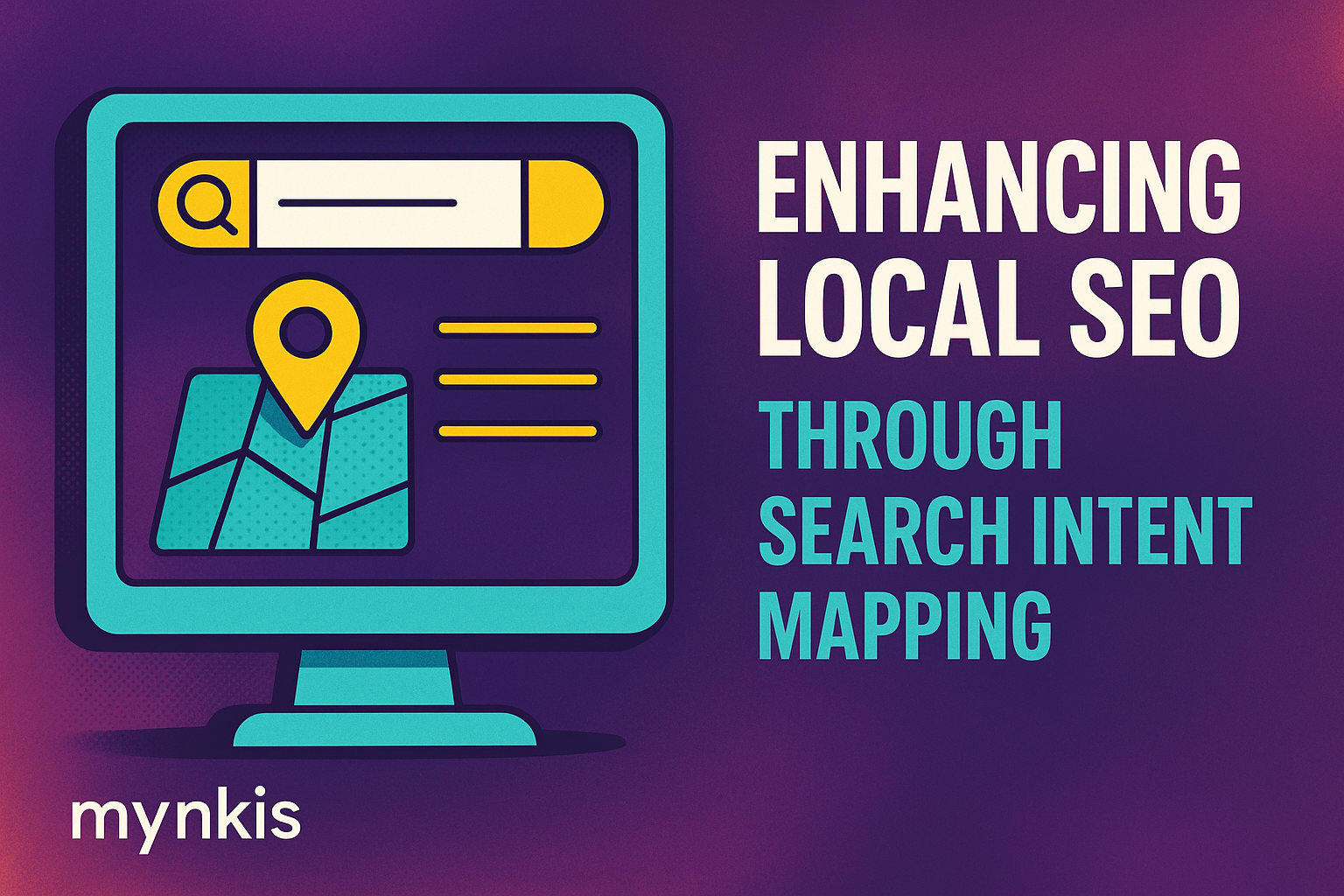Schedule a Demo
In the intricate world of SEO, understanding user intent isn't just crucial—it's the cornerstone that dictates the relevance of your digital footprint. By discerning whether a user seeks to buy, to learn, or to navigate, we lay the groundwork for aligning content with audience needs. This approach is especially potent for brokers aiming to capture local search traffic.
When prospective buyers search for properties, their intent can range from mere browsing to immediate purchase decision-making. For listing platforms, creating content that accommodates each segment of this intent spectrum—from informational guides on local areas to detailed listings with high-quality visuals—can dramatically increase visibility and user engagement. By crafting content specific to different stages of the buyer’s journey, we effectively guide users from curiosity to decision.
Keywords form the bridge between user queries and your website content. For brokers, local keywords such as “apartments for sale in Downtown LA” embody the search intent far more directly than generic ones. This specificity enables a tailored approach that can surge listings to the top of local search results, increasing chances of attracting the right buyers.
Leveraging schema markup is key to bolstering local SEO. This tool helps search engines understand property details like price, location, and availability, which directly aligns with user intent. Implementing schema.org property listings markup can elevate your listings in search engine result pages (SERPs), making it easier for buyers to find what they're looking for.
Monitoring how users interact with your site provides invaluable insights into refining search intent strategies. For instance, if analytics show high engagement with articles discussing 'tips for first-time home buyers,' it would be prudent to expand that content. Adjusting based on real user data allows your site to continually align with search intent, enhancing both SEO and user experience.
Content clustering around local and intent-based themes—such as neighborhood guides or comparisons of properties in specific areas—can signal to search engines that your site is an authority on local property markets. This not only boosts your SEO standing but also caters comprehensively to different stages of user intent, enhancing the chances of higher conversions.
Visual content like virtual tours significantly impacts users with navigational intent. They're looking to explore properties before considering a physical visit. By optimizing these visuals with local keywords and ensuring fast load times, you cater to users primed for action, thereby boosting both user satisfaction and SEO performance.
Landing pages specifically designed around local areas or property types magnify the relevance to user searches. These pages should encapsulate informational, transactional, and navigational search intents, thus driving targeted traffic. Ensuring these pages are optimized for local SEO elements like name, address, and phone number is crucial for capturing that local market.
User-generated reviews not only build credibility but also contribute to your site’s relevance in local search. Encouraging clients to leave detailed reviews about their purchasing experience or the local area can provide rich content tailored to a user’s research phase. Naturally optimized with local keywords, these reviews enrich SEO efforts by reflecting real, locally-focused experiences.
Long-tail keywords like “condo for sale in the hills of West Hollywood with a view” align closely with detailed user intent. These phrases often have less competition and higher conversion rates, offering a direct pathway to keen buyers. Incorporating them into listing descriptions and local content drives pertinent traffic and visibility.
As more searches become voice-activated, optimization for conversational queries becomes imperative. For properties, phrases like “show me houses for sale near Santa Monica pier” could be optimized. Reflecting this growing trend requires crafting content that matches natural speech patterns, ensuring your listings don’t fall out of reach.
Search engine algorithms evolve, and so should your SEO strategy. Regular audits and adjustments keep your property listings optimally aligned with current search patterns and user behaviors. In my experience working with brokers, those who embrace an agile approach to SEO not only adapt faster but also gain a competitive edge.
In recent years, mobile devices have become the primary means through which users initiate property searches. Ensuring that your website is mobile-friendly and optimized for local search directly impacts the user's ability to explore properties on the go. Responsive design coupled with local SEO strategies significantly enhances your visibility to users on smartphones and tablets.
